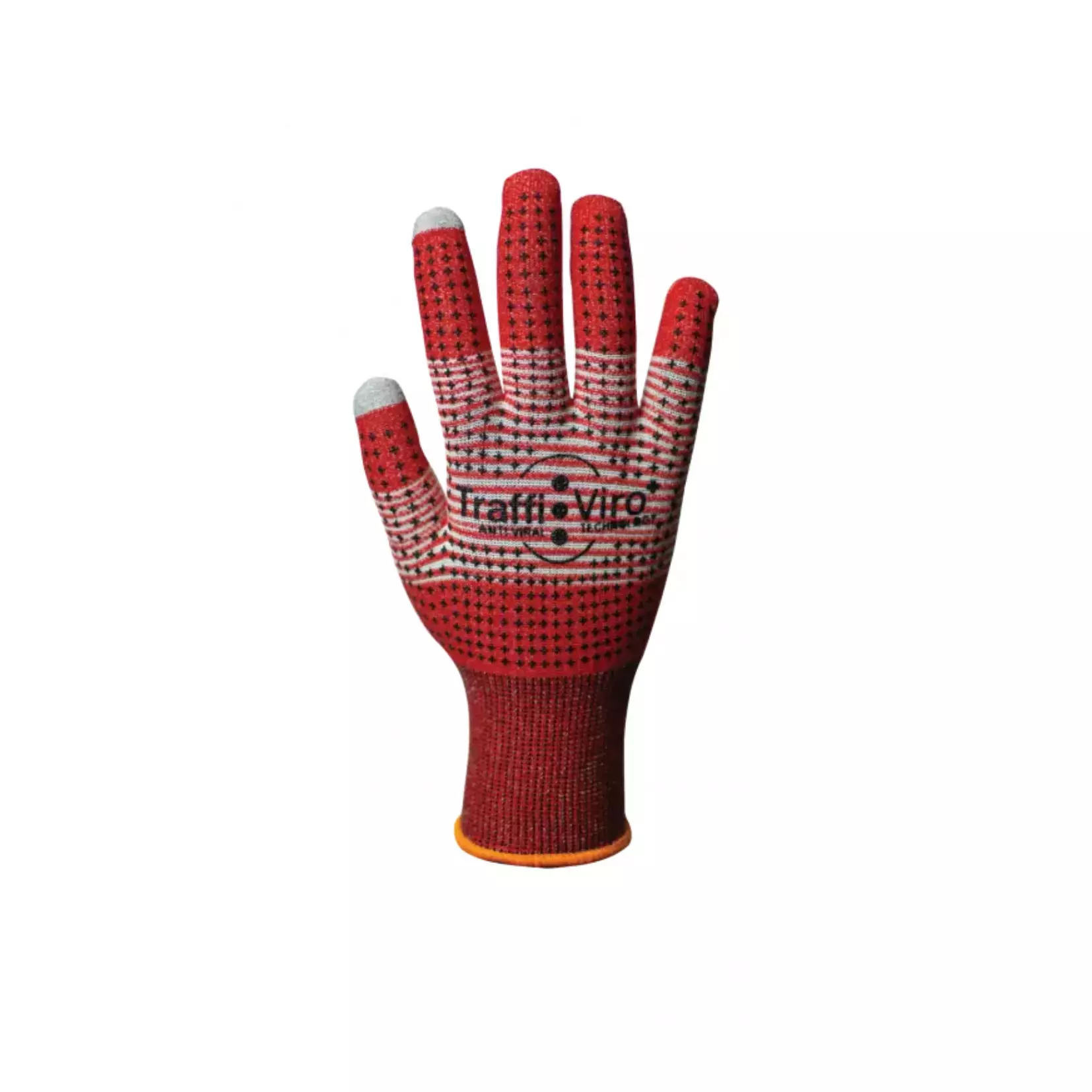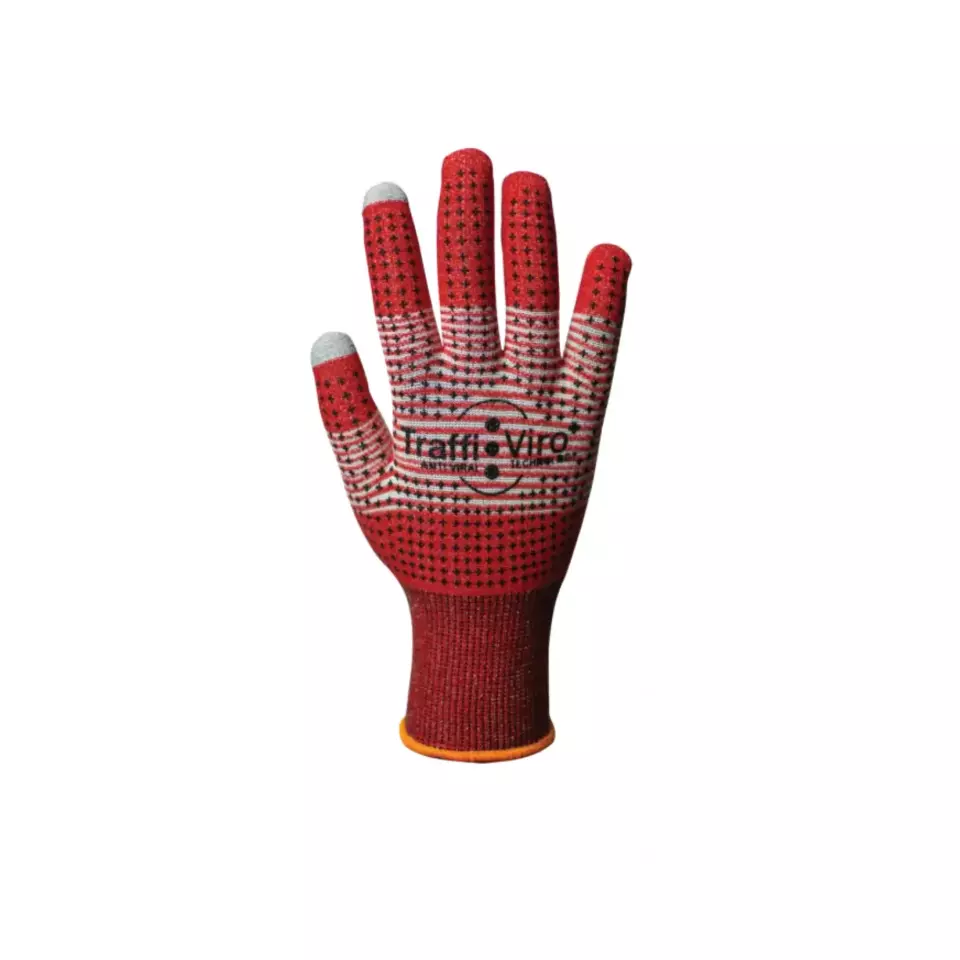
Features You'll Love

Cuff Style · Knit
Determines how the glove secures around the wrist, affecting fit, comfort, and protection coverage at the wrist area.
Traffi
Traffi logo
HEIQ Viroblock Technology Gloves, 10 pairs
Traffi
HEIQ Viroblock Technology Gloves, 10 pairs
Traffi logo
5 / 5
48,00 €
52,36 €
Price per 10 pairs
4,80 € / pair
Estimated delivery: Tue Jan 6 - Thu Jan 8
Choose size
Shipping fee is 7,95 € for orders under 80,00 €
Features You'll Love

Cuff Style · Knit
Determines how the glove secures around the wrist, affecting fit, comfort, and protection coverage at the wrist area.
Product description
The product description has not been specified